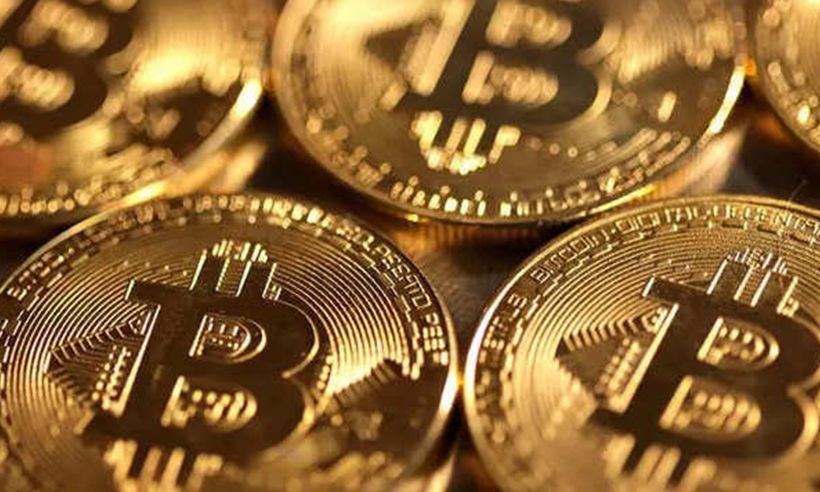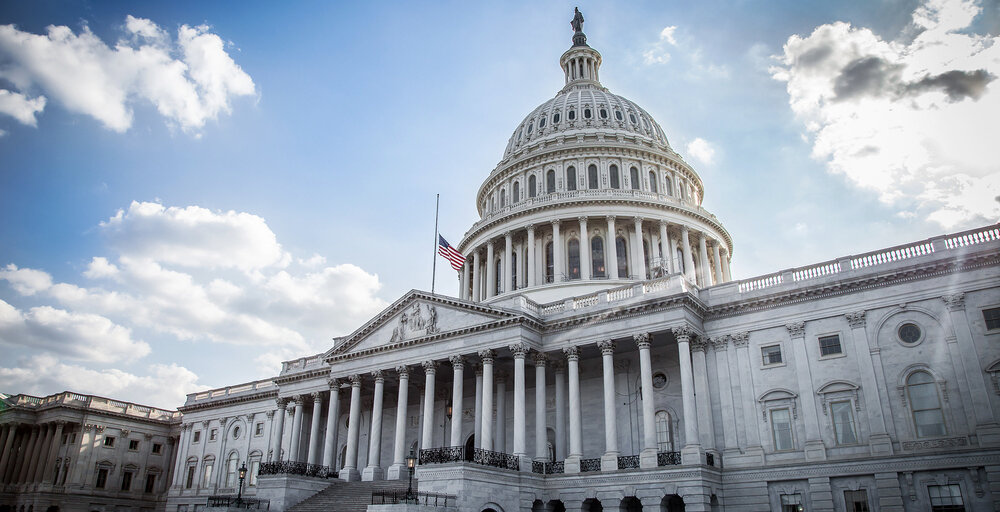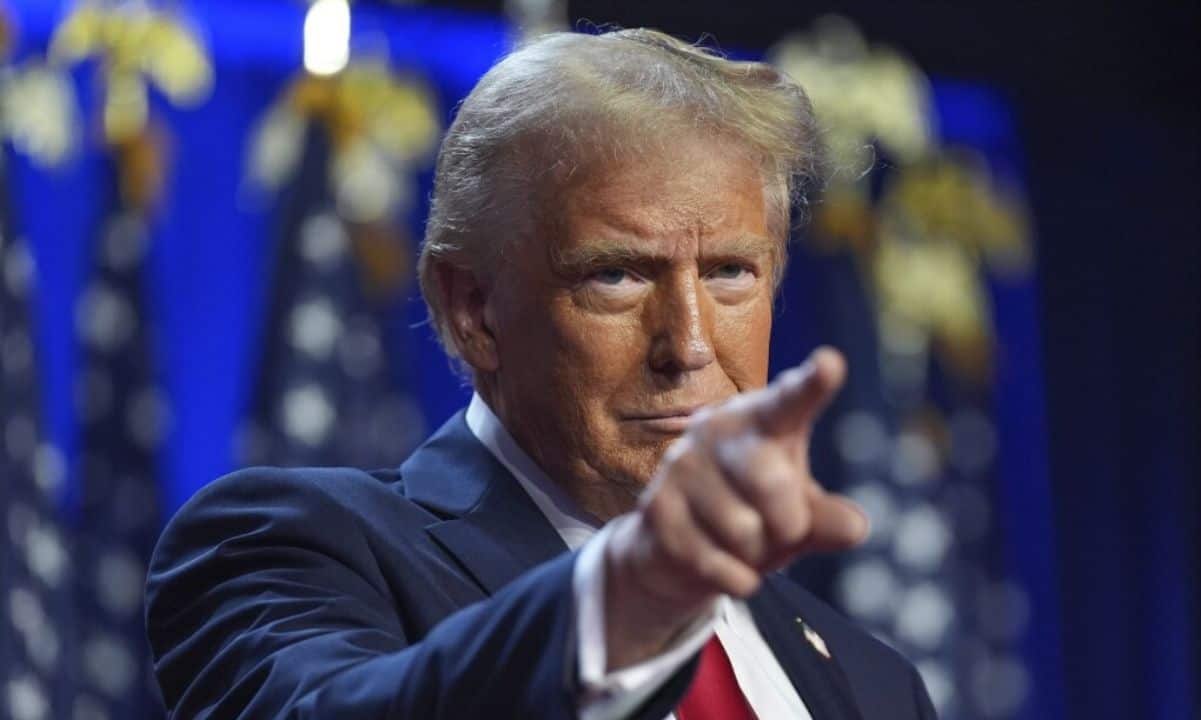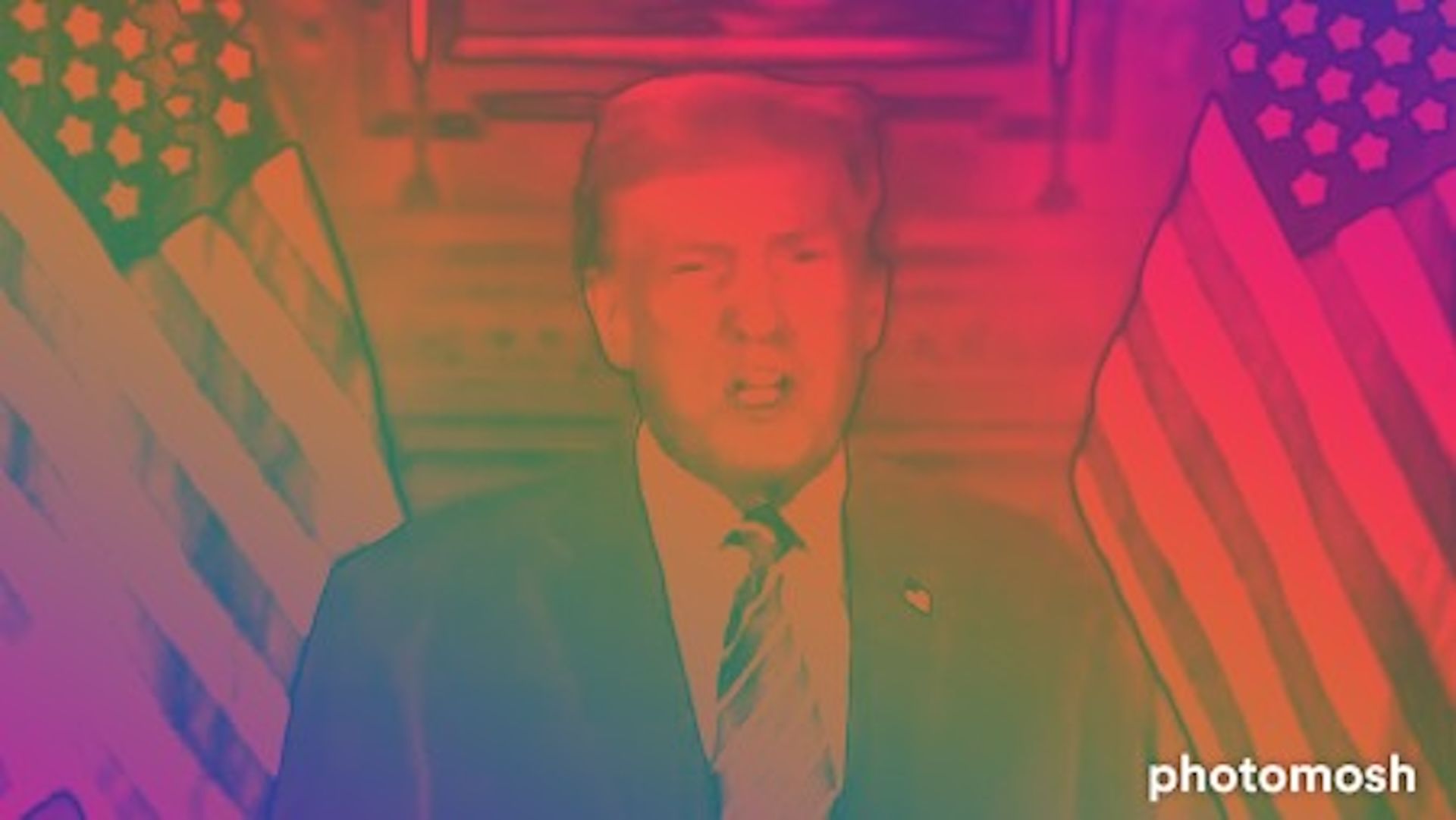
Shiba Inu (SHIB) recently witnessed sharp price swings, dropping to $0.000012 before rebounding to $0.00001622. Currently trading at $0.00001568, the meme coin has seen heightened market fluctuations, with traders closely watching support and resistance levels. Market Activity Surges Despite Burn Rate Decline Despite the price dip, SHIB’s trading volume skyrocketed 308% to $1.73 billion, showing … Continue reading "Shiba Inu Sees Sharp Drop & Recovery Amid Market Volatility" The post Shiba Inu Sees Sharp Drop & Recovery Amid Market Volatility appeared first on Cryptoknowmics-Crypto News and Media Platform .
Cryptoknowmics
You can visit the page to read the article.
Source: Cryptoknowmics
Disclaimer: The opinion expressed here is not investment advice – it is provided for informational purposes only. It does not necessarily reflect the opinion of BitMaden. Every investment and all trading involves risk, so you should always perform your own research prior to making decisions. We do not recommend investing money you cannot afford to lose.
Analysts Say Trump’s Tariff Policies Could Boost Bitcoin Instead of Hurting It
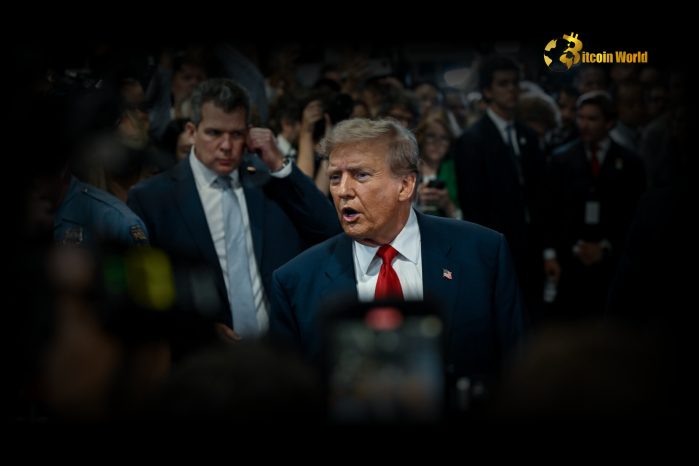
Trump’s Tariff Policies Shake Markets, But Bitcoin Could Benefit Long-Term Over the weekend, Bitcoin (BTC) and the broader crypto market saw sharp declines as investors reacted to U.S. President Donald Trump’s proposed tariffs on imports from Canada, Mexico, and China . Bitcoin (BTC) fell 10% to $91,500 . Ethereum (ETH) and Solana (SOL) experienced steeper declines . However, analysts at Bernstein argue that while tariffs initially caused a risk-off sentiment , Bitcoin is likely to recover and trade based on its fundamentals once the market stabilizes. Why Analysts Believe Trump’s Tariffs Could Boost Bitcoin 1. Bitcoin’s Long-Term Fundamentals Remain Strong Bernstein maintains its $200K BTC price target for 2025 . Institutional adoption and spot Bitcoin ETFs continue to drive demand. U.S. financial institutions could soon offer crypto custody , following regulatory shifts. 2. Tariffs Could Weaken the U.S. Dollar According to Bitwise’s Jeff Park , Trump’s tariffs are: A strict move to weaken the U.S. dollar . Likely to lower long-term interest rates . Could drive Bitcoin higher as an inflation hedge . Historically, Bitcoin has benefited from monetary policy uncertainty , similar to gold and other alternative assets . 3. Institutional Investors Continue to Accumulate BTC Despite short-term volatility, institutions are increasing Bitcoin exposure . Spot Bitcoin ETFs have seen consistent inflows , reinforcing long-term bullish sentiment . Risks: Could Prolonged Tariffs Hurt Crypto? Bearish Arguments from Other Analysts: Extended tariffs could harm the U.S. economy , reducing risk appetite. A prolonged economic slowdown could lead to lower crypto demand . If Bitcoin remains correlated with stocks, it could face further downside volatility . Bullish Scenario: If the U.S. dollar weakens, Bitcoin’s store-of-value narrative could strengthen. Institutional adoption, combined with monetary policy shifts , may fuel BTC’s long-term growth. Conclusion While Trump’s tariff policies initially caused Bitcoin to drop , analysts at Bernstein and Bitwise believe that long-term fundamentals remain strong , and the U.S. dollar’s weakening could ultimately boost BTC prices . With institutional interest rising and Bitcoin ETFs expanding , BTC remains positioned for potential long-term gains , despite short-term market uncertainty . To learn more about the innovative startups shaping the future of the crypto industry, explore our article on the latest news , where we delve into the most promising ventures and their potential to disrupt traditional industries. Cryptoknowmics

Asia markets rebound on Trump tariff delays; eyes on Trump and Xi talks amid tariff dispute
Asia-Pacific markets rise on Tuesday as concerns about a potential trade war eased after U.S. President Donald Trump delayed tariffs on Canada and Mexico for a month. Late on Monday, President Donald Trump agreed to “immediately pause” tariffs on Mexico and Canada for a month following successful negotiations with their respective leaders. Markets are also growing more optimistic that the U.S. and China could reach a deal to avert the 10% tariffs on Chinese imports set to take effect later today. Japan ( NKY:IND ) rose 0.76% to around 39,150, while the broader Topix Index rose 1.4% to 2,757 on Tuesday, recouping some of the losses from the previous session. The Japanese yen fell past 155 per dollar on Tuesday, struggling to regain momentum as the suspension of U.S. tariffs on Mexico and Canada reduced demand for the safe-haven currency. Investors are also looking ahead to Wednesday’s release of Japan’s latest wage figures, which could influence the outlook for Bank of Japan monetary policy. China ( SHCOMP ) flat, the offshore yuan held steady around 7.30 per dollar, after recovering from a record low overnight, driven by optimism about a possible trade deal to avoid 10% tariffs on Chinese goods. US President Donald Trump is reportedly set to speak with his Chinese counterpart, Xi Jinping, as soon as this week, as the two largest economies are working toward a deal to avoid broader trade tensions, according to the White House. Investors are now eyeing upcoming additional PMI data and inflation figures next week. Hong Kong ( HSI ) rose 1.71% to a near 8-week high of 20,674 during the Tuesday morning session, following a muted close the prior day. India ( SENSEX ) rose 0.50% to 77,684, while the Nifty 50 was above 23,500 in Tuesday morning trade, mainly supported by gains in metals, oil & gas, banking, and tech sectors. The RBI interest rate decision, which will be announced later this week, also lifted sentiment, with the market expecting the central bank to cut rates by 25 bps amid a slowdown in GDP growth. Australia ( AS51 ) fell 0.06% to rise above 8,430 on Tuesday, recovering some losses from the previous session. The Australian dollar stabilized above $0.62 on Tuesday, recovering from multi-year lows reached in the previous session. In Australia, investors are awaiting December trade figures, due on Thursday, to assess the strength of the country’s export-driven economy. In the U.S., on Monday, all three major indexes ended in red , markets pared some losses after Trump said the US would delay tariffs on Mexican imports by a month following a call with Mexico’s President. U.S. stock futures climbed on Tuesday after President Donald Trump postponed planned tariffs on goods from Canada, echoing the reprieve given to Mexico just hours earlier: Dow -0.30% ; S&P 500 -0.36% ; Nasdaq -0.51% . Investors are now focused on upcoming earnings reports from major companies like Alphabet, AMD, and PayPal on Tuesday. Additionally, Friday’s nonfarm payrolls report is expected to provide more insight into the state of the labor market. Currencies: ( JPY:USD ), ( CNY:USD ), ( AUD:USD ), ( INR:USD ), ( HKD:USD ), ( NZD:USD ). More on Asia: U.S. will delay Canada tariffs as countries work on beefing up border security U.S. to delay tariffs on Mexico after Mexico agrees to deploy 10,000 border troops Australia`s retail sales fall by 0.1% M/M in December, marks first decline in nine months China’s manufacturing PMI drops to 50.1 in January, missing expectations U.S. futures sharply lower after Trump hits Canada, Mexico and China with tariffs Australia`s Q4 producer inflation rise 0.8% Q/Q, misses estimates Cryptoknowmics





